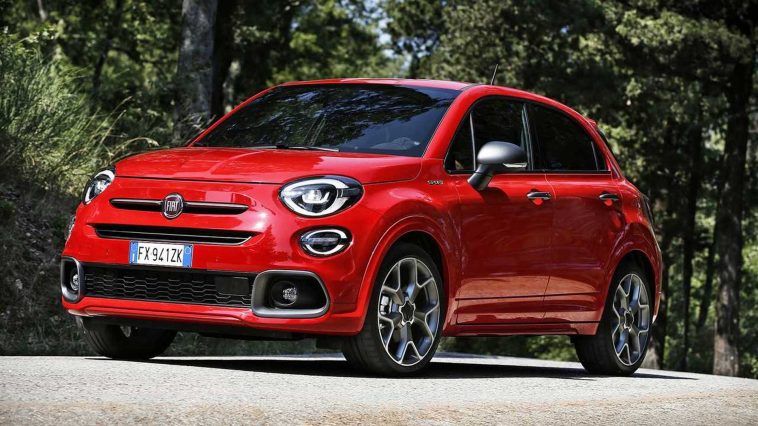Last month, Stellantis admitted it has
Freshly appointed Chief Operating Officer of Stellantis’ operations in Europe, Jean-Philippe Imparato, said the company is ready to reduce the output of gasoline and diesel cars. The COO told Automotive News Europe the production cuts could commence as early as next month. Why so soon? Because the EU’s fleet emissions target will become considerably stricter from January 1, 2025.
The current fleet average target of 115.1 g/km (WLTP) will go down by approximately 19% in 2025 to 93.6 g/km. As previously reported, only Tesla and Geely were below next year’s level in the first six months of 2024. It’s worth noting that each automaker has its target, resulting from the average mass of its fleet. Consequently, companies that sell more SUVs have higher targets than those with smaller vehicles.
What happens when automakers fail to meet the targets? They pay fines–€95 per excess gram per car. As you can imagine, that quickly adds up when you’re an automotive juggernaut such as Stellantis. Recently, Renault boss Luca de Meo said automakers active in Europe are at risk of paying €15 billion in fines, although The Financial Times quotes Barclays Bank saying it’ll likely be around the €10+ billion mark.
Strong demand for EVs could allow Stellantis to build more gas cars. However, the numbers aren’t looking good so far this year. In the EU+EFTA+UK region, purely electric cars accounted for only 14.7% through September, down by 15.2% in the first nine months of 2023, according to the European Automobile Manufacturers’ Association (ACEA).

Stellantis will channel its car production efforts toward EVs rather than ICEs, even though the profit margins are likely still higher for gas/diesel cars. The world’s fourth-largest automaker must’ve done the math and figured it’s better to sell fewer ICEs than risk paying fines.
Car manufacturers will continue to struggle to meet fleet emissions targets, especially since the EU will lower the limit even more from 2030. Beginning with the next decade, the threshold will go down from next year’s 93.6 g/km to 49.5 g/km. From 2035, automakers in Europe must reach 0 g/km, effectively putting an end to new cars powered by combustion engines. The EU will leave the door open for ICEs running on synthetic fuel or hydrogen. However, we can’t imagine the refueling infrastructure will be ready only a decade from now.

